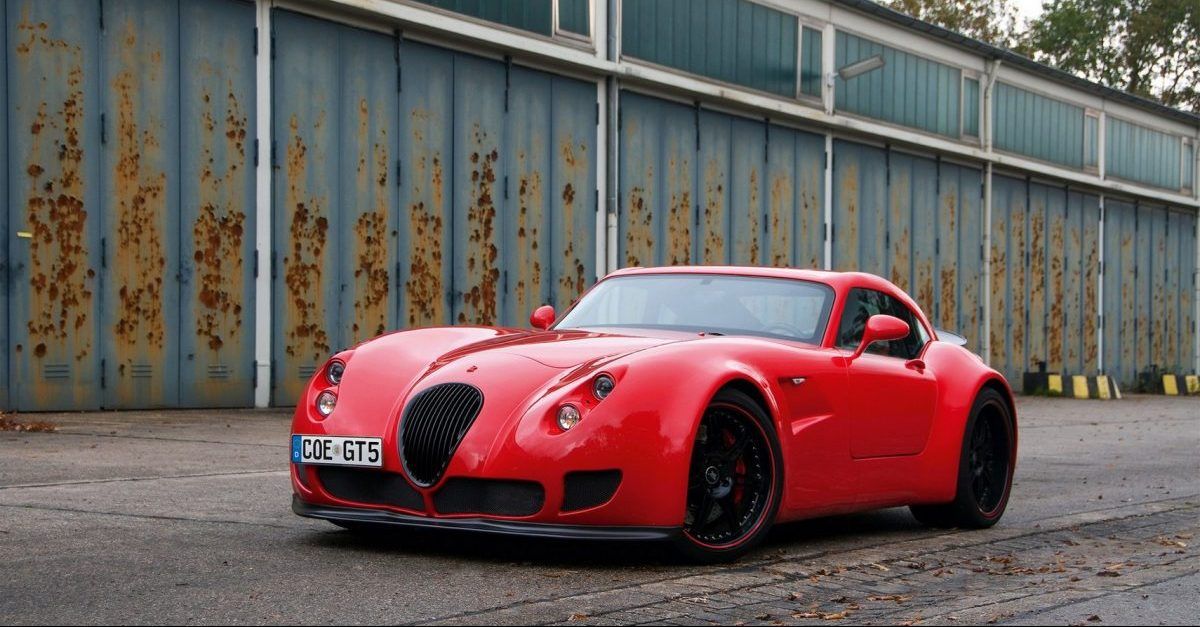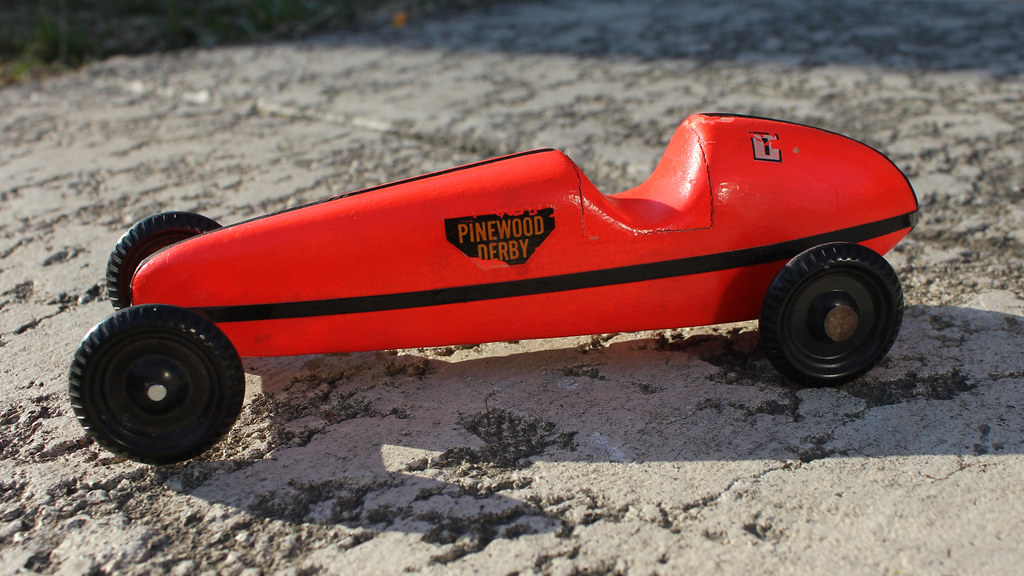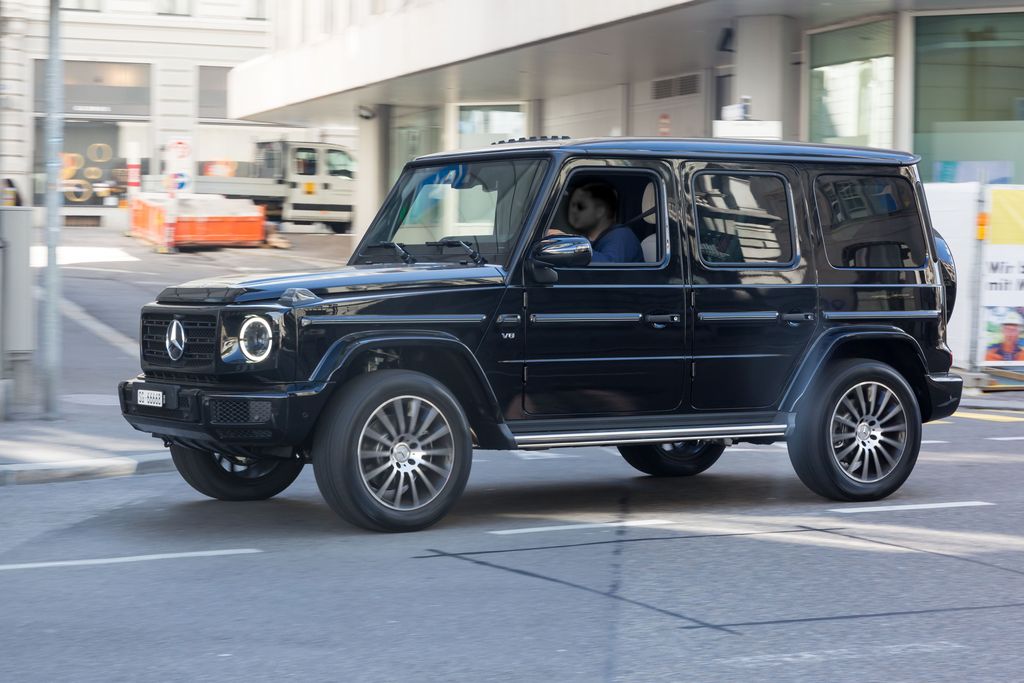
German automakers have consistently stood at the pinnacle of precision engineering, iconic design, and groundbreaking automotive innovation. For generations, they have not just built cars; they have sculpted legacies, pushing the boundaries of what’s possible on four wheels. From the sleek, wind-cheating designs of the pre-war era to the raw, untamed power of 1980s rally titans, Germany’s motorsport lineage and industrial prowess have undeniably left an indelible mark on global car culture. Indeed, their vehicles are more than mere transportation; they are moving testaments to a relentless pursuit of perfection.
Within this illustrious and storied history, however, lies a truly exceptional collection of rarities—vehicles so remarkably limited in production, so steeped in historical significance, or so revolutionary in their conception that they have ascended to an almost mythical status among enthusiasts. These aren’t just rare cars; they are automotive legends, each a singular masterpiece that encapsulates a unique moment in engineering, design, or motorsport. They embody the very essence of exclusivity, representing the zenith of German ingenuity and passion.
We are about to embark on an exhilarating journey through the hallowed halls of automotive history, pulling back the curtain on 15 of the rarest German cars the world has ever seen. This is a deep dive into not only how these machines were meticulously crafted and their intriguing histories, but also a close examination of their precise technical specifications, their astonishingly low production numbers, the factors contributing to their unparalleled rarity, and ultimately, what became of them. Prepare to be captivated as we reveal where devoted enthusiasts can still glimpse or even experience these priceless, mechanical marvels today.

1. **1936 Maybach SW38 Stromlinien-Coupé** The 1930s were an era defined by bold aerodynamic experiments, and few vehicles captured this pioneering spirit quite like the 1936 Maybach SW38 Stromlinien-Coupé. This magnificent machine was not just assembled; it was artfully tailored by specialized coachbuilders, meticulously shaped to achieve optimal aerodynamic efficiency. Every curve and line was crafted with the singular purpose of reducing drag, allowing the powerful Maybach engineering beneath to truly shine. It stands as a profound testament to pre-war automotive innovation, a vision of the future that was remarkably ahead of its time.
Beneath its sleek, streamlined exterior lay an advanced 3.8-liter inline-six engine, a marvel of its day, renowned for delivering exceptionally silent torque. This was a car designed for effortless, high-speed travel in luxurious style, a true grand tourer built for the discerning elite. Its rarity is profound; only a limited handful of these coupes were ever constructed, as Maybach’s primary focus during that period was on crafting bespoke, ultra-luxury custom orders for an exclusive clientele. Each one was a unique commission, a mobile work of art.
Tragically, like many treasures of its era, numerous examples of the Maybach SW38 Stromlinien-Coupé were either lost or utterly destroyed during the tumultuous years of World War II. However, the few surviving units are now revered as priceless relics of automotive history. They occasionally grace the meticulously manicured lawns of prestigious concours d’elegance events or take pride of place in select museum displays across Germany and Switzerland, offering a rare glimpse into a bygone era of unparalleled craftsmanship and innovative design.

2. **1930 Mercedes-Benz SSK “Count Trossi”** The 1930 Mercedes-Benz SSK “Count Trossi” is not merely a car; it is a bespoke sculpture of power and elegance, a singular creation born from a unique commission. This iconic vehicle was specifically ordered by the esteemed Italian aristocrat Count Carlo Felice Trossi, a man with an undeniable passion for unparalleled automotive artistry. What set this SSK apart was its entirely bespoke bodywork, handcrafted to Trossi’s exact specifications, enveloping a monstrous supercharged engine that epitomized the legendary ‘Blower Mercedes’ era.
At its heart throbbed a formidable 7.1-liter supercharged inline-six engine, a powerhouse known for its raw, visceral performance. This engine featured a Roots-type supercharger, a cutting-edge technology of the time that delivered an exhilarating surge of power, cementing the SSK’s reputation as one of the most thrilling machines on the road. While standard SSK models were already inherently rare, the Count Trossi version stands entirely alone, a one-off masterpiece with custom bodywork that ensures its peerless status in automotive history.
Over the decades, this legendary vehicle has passed through a succession of private collections, each custodian meticulously preserving and restoring its original grandeur. The Count Trossi SSK is a frequent and highly anticipated sight at prominent events such as the Pebble Beach Concours, where it inevitably draws crowds of admirers. Rumor has it that this automotive jewel currently resides in a highly exclusive private European collection, a fitting home for a car that truly exemplifies motorsport meeting street homologation, a timeless icon of automotive art.
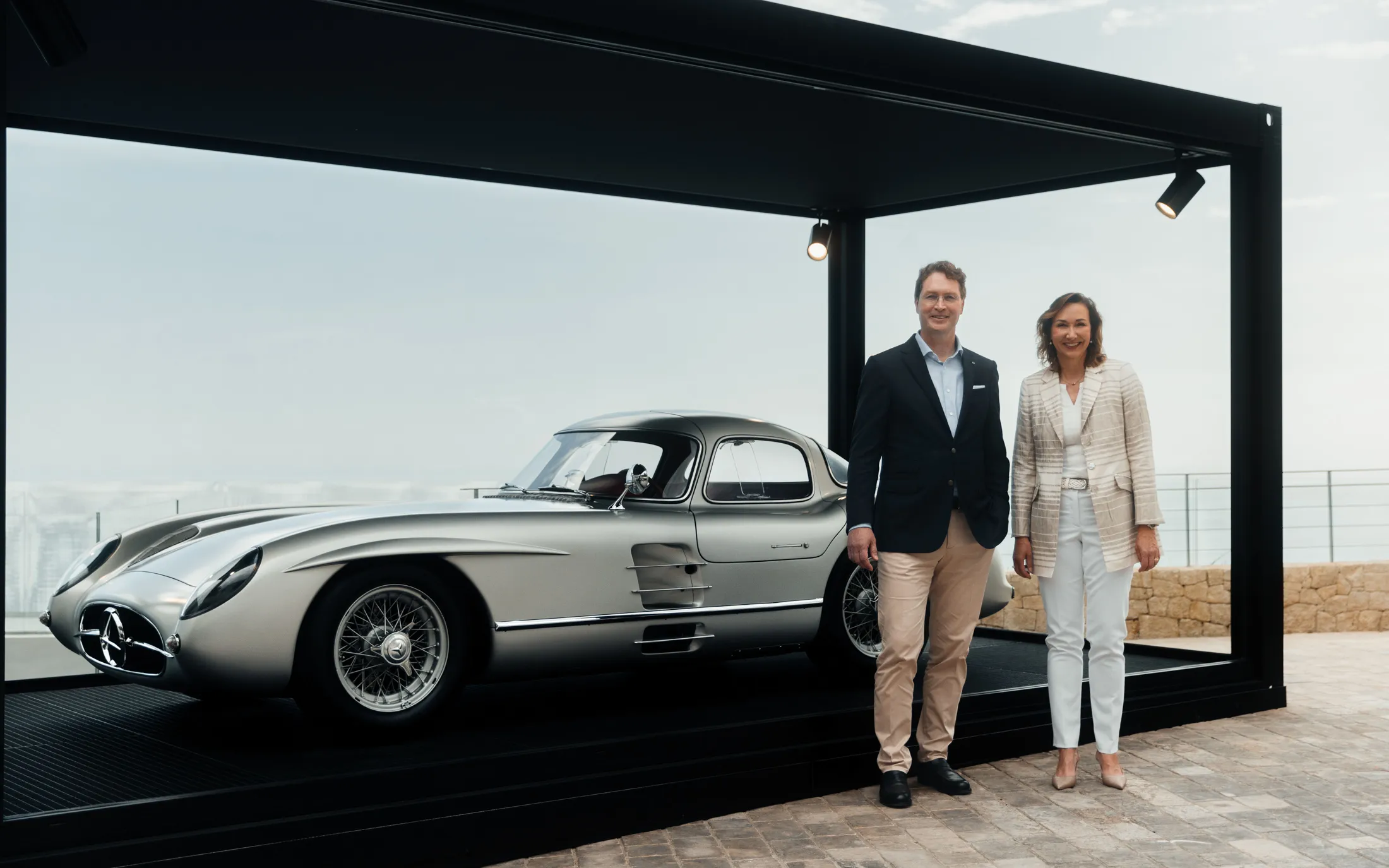
3. **1955 Mercedes-Benz 300 SLR Uhlenhaut Coupé** The 1955 Mercedes-Benz 300 SLR Uhlenhaut Coupé is quite simply the Holy Grail of Mercedes-Benz history, a closed-roof iteration of the legendary 300 SLR racer. This masterpiece was developed by Rudolf Uhlenhaut, Mercedes-Benz’s brilliant chief engineer, envisioned as a road-going testbed for the company’s formidable racing technology. It represents a direct link between the highest echelons of motorsport and the realm of road cars, a true testament to post-war racing innovation.
Under its sleek, iconic gullwing doors lay a phenomenal 3.0-liter straight-eight engine, a powerplant directly derived from the cutting-edge Formula 1 technology of the era. This engine was not merely powerful; it was a symphony of precision, delivering performance that was unparalleled for its time. The rarity of the Uhlenhaut Coupé is staggering: only two prototypes were ever built, solidifying its status as among the absolute rarest Mercedes-Benz vehicles in existence.
Of these two priceless prototypes, one remains a cherished cornerstone of the Mercedes-Benz Museum, a permanent exhibit that draws enthusiasts from around the globe. The other example recently made global headlines, having been reportedly sold for an astonishing, record-breaking sum, making it the most expensive car ever sold at auction. The museum-located example is occasionally brought out for special exhibitions, offering fleeting, precious opportunities for the public to witness this unparalleled blend of engineering might and historical significance.
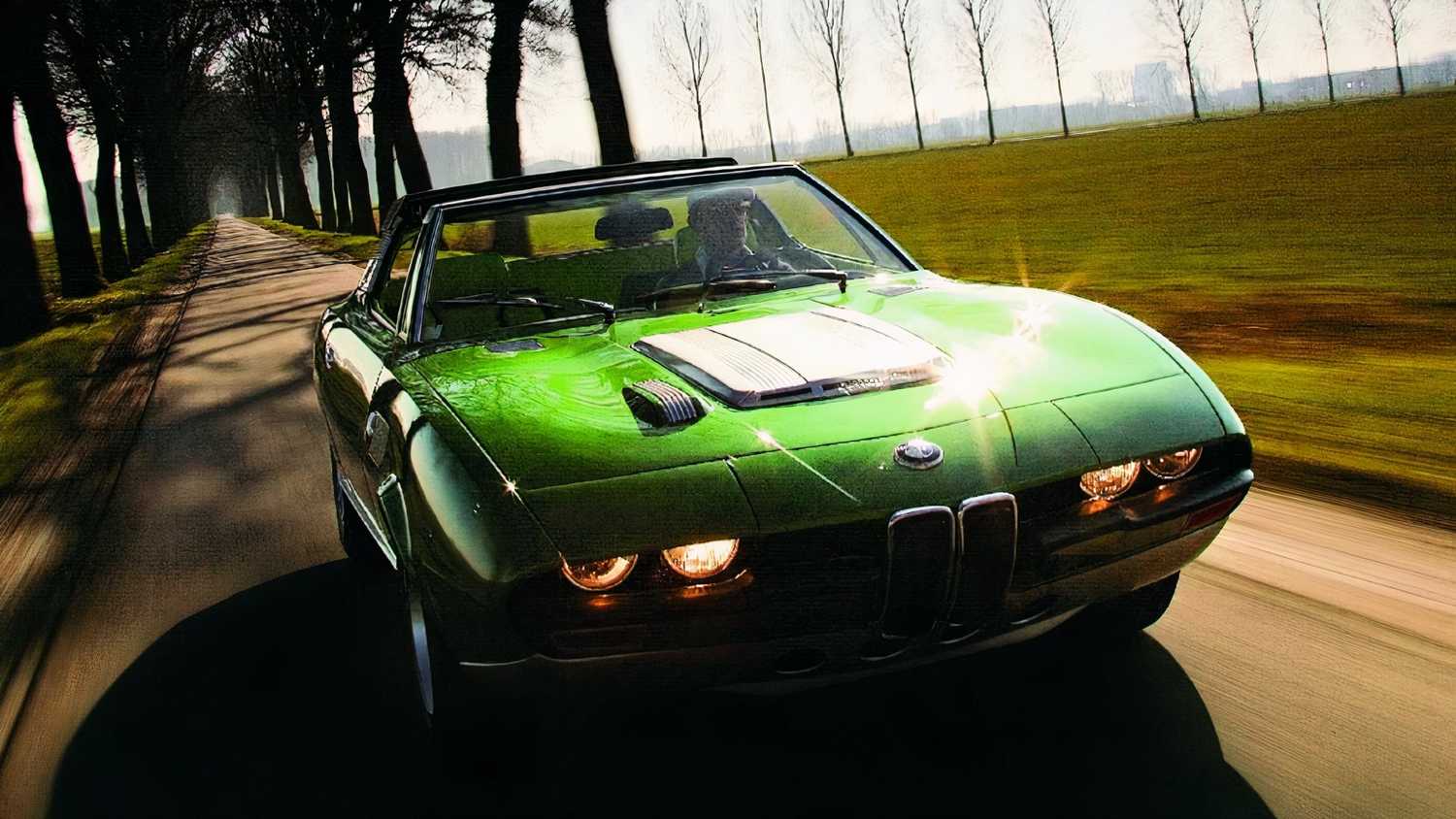
4. **1970 BMW 2800 Spicup** In 1970, the automotive world was introduced to the BMW 2800 Spicup, a truly captivating concept car brought to life by the renowned Italian design house Bertone. The name “Spicup” itself is a clever portmanteau, referencing its innovative fusion of a ‘Spider’ (roadster) and a ‘Coupe.’ This striking vehicle boasted unique targa-style roof panels that seamlessly blended into its distinctive sports-coupe aesthetic, offering an avant-garde approach to open-top motoring.
Powering this one-off creation was BMW’s robust 2.8-liter inline-six engine, a powerplant typical of the highly regarded M30 series. This engine delivered a respectable 170–200 horsepower, ensuring that the Spicup had the performance to match its futuristic looks. As a pure one-off concept, the Spicup never progressed beyond its initial prototype phase and thus never entered full production, contributing immensely to its inherent rarity and unique place in BMW’s conceptual lineage.
For many years, the fate of the BMW 2800 Spicup remained shrouded in mystery, with many enthusiasts believing it to be lost to time. However, to the delight of the automotive community, it was later rediscovered and meticulously restored to its original glory. Today, this unique piece of BMW history occasionally surfaces at prestigious global concours events, such as the Concorso d’Eleganza Villa d’Este, where its unusual design and fascinating story continue to captivate discerning collectors and design aficionados alike.
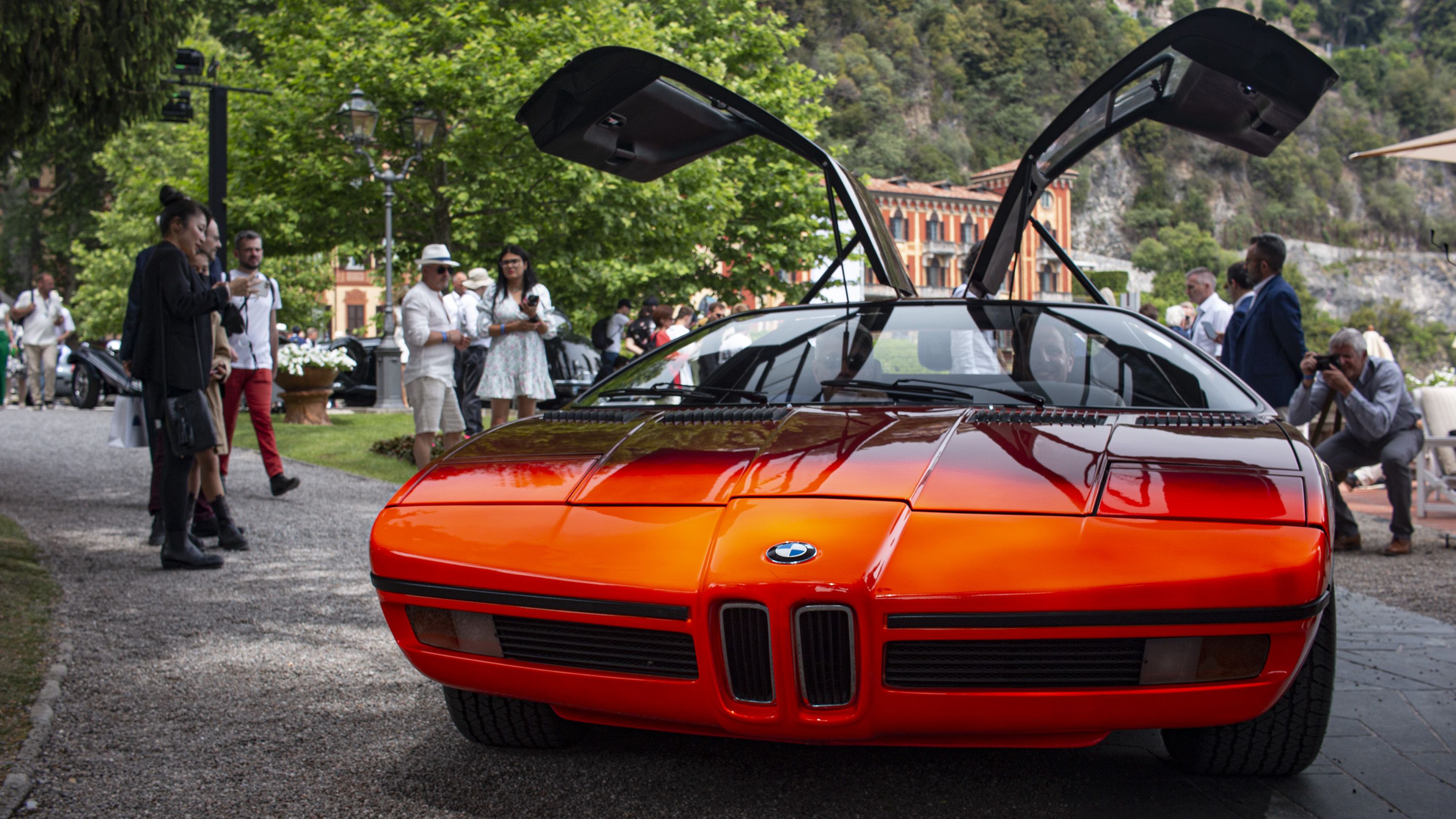
5. **1973 BMW Turbo Concept** The 1973 BMW Turbo Concept, a visionary design study penned by the brilliant Paul Bracq, offered a compelling glimpse into the future of high-performance automobiles. This futuristic mid-engine layout, coupled with its advanced crumple zones and experimental safety features, not only showcased BMW’s forward-thinking approach but also directly paved the way for the iconic M1 supercar that would follow. It was a true automotive design revolution, pushing boundaries far beyond its contemporaries.
Propelling this experimental marvel was a potent 2.0-liter turbocharged 4-cylinder engine, delivering over 200 horsepower—an impressive figure for a concept car of its era. This innovative powertrain underscored BMW’s commitment to performance and technological advancement. Its rarity is undeniable; only two prototypes of the BMW Turbo Concept were ever built, making it an extraordinarily hyper-rare piece of BMW’s conceptual lineage and a cornerstone of their design evolution.
The BMW Turbo Concept exerted a significant influence on the brand’s motorsport division and served as an undeniable icon for BMW’s overall design direction for decades to come. Today, one of these priceless prototypes is frequently displayed in BMW’s museum in Munich, Germany, a pilgrimage site for automotive enthusiasts. It stands as a powerful symbol of innovation, embodying the adventurous spirit that has long defined the Bavarian marque.
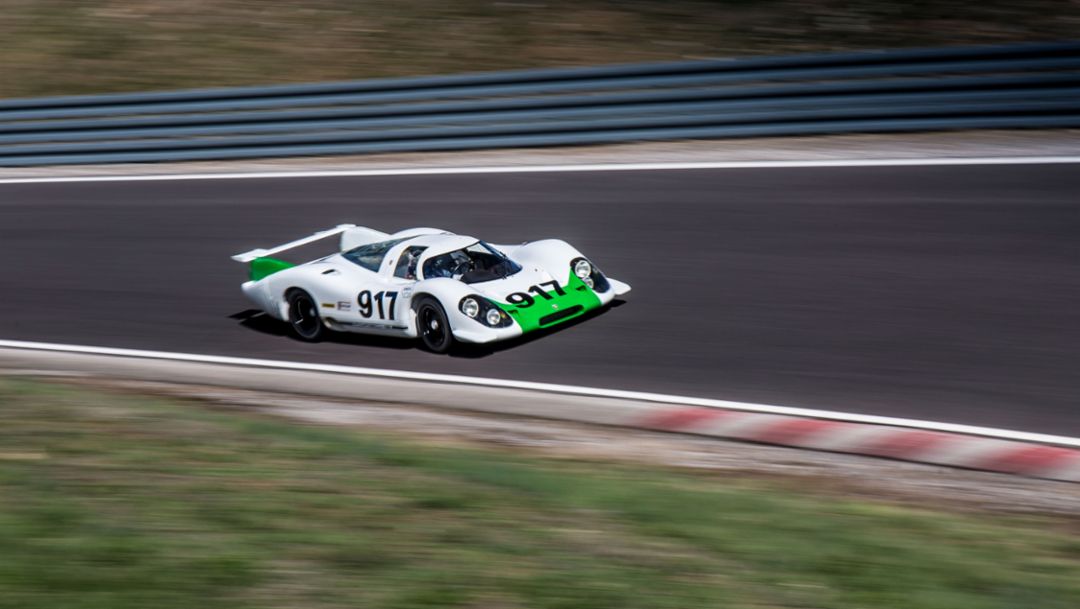
6. **1969 Porsche 917 (Chassis 001)** The 1969 Porsche 917 (Chassis 001) is not just a car; it’s a revolutionary force that fundamentally altered the landscape of sports car racing forever. Its dramatic debut delivered Porsche their very first overall victory at the legendary 24 Hours of Le Mans in 1970, marking a pivotal moment in the brand’s illustrious motorsport heritage. This car wasn’t just fast; it was a game-changer, pushing the limits of speed and endurance.
At the heart of this prototype endurance racer was a ferocious 4.5-liter flat-12 engine, a masterpiece of engineering that produced an awe-inspiring 520 horsepower in its early specification. This flat-12 boxer configuration became synonymous with the 917’s raw power and distinctive soundtrack. While approximately 25 chassis of the 917 were built in total, chassis 001 holds an especially significant place as the very first official prototype, making it a uniquely precious artifact.
Throughout the decades, chassis 001 underwent numerous modifications as it evolved and competed, a testament to its active racing life. However, it was eventually meticulously restored to its original specification, preserving its historical authenticity. Today, this iconic machine is proudly housed in the Porsche Museum, often making appearances at major motorsport festivals like the Goodwood Festival of Speed, where it continues to evoke admiration and awe, reminding all of Porsche’s enduring legacy of Le Mans greatness.

